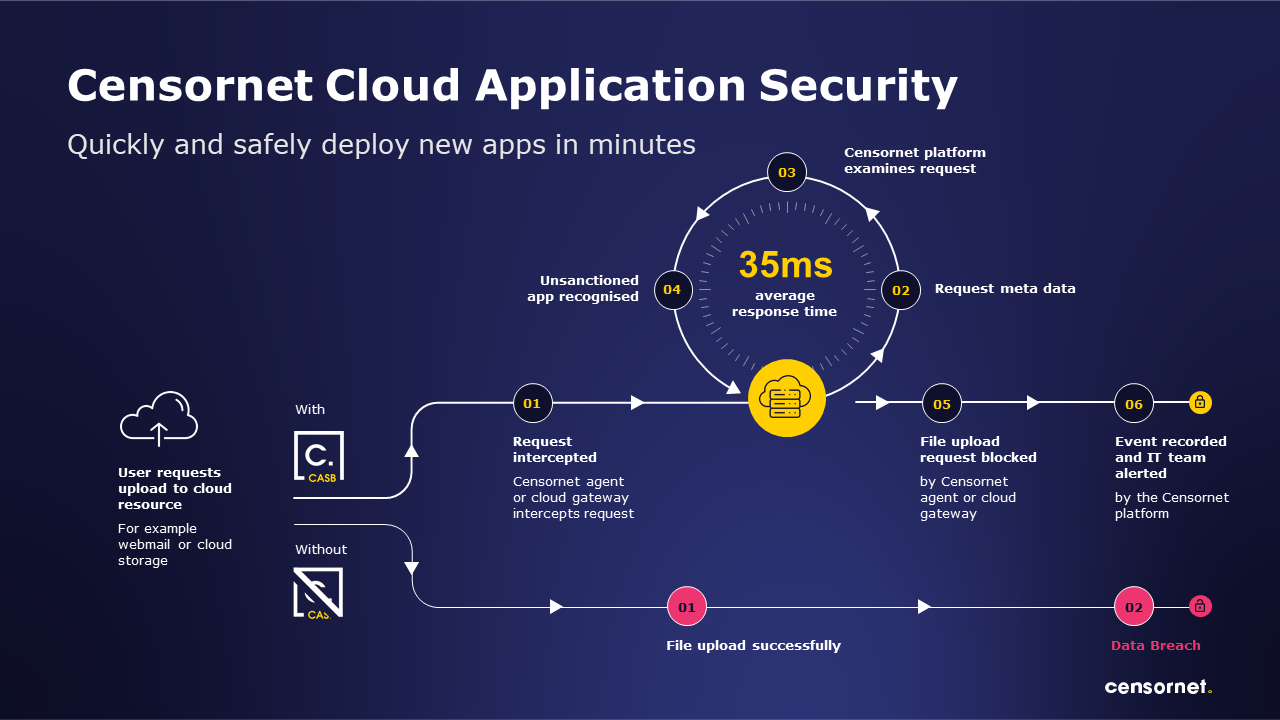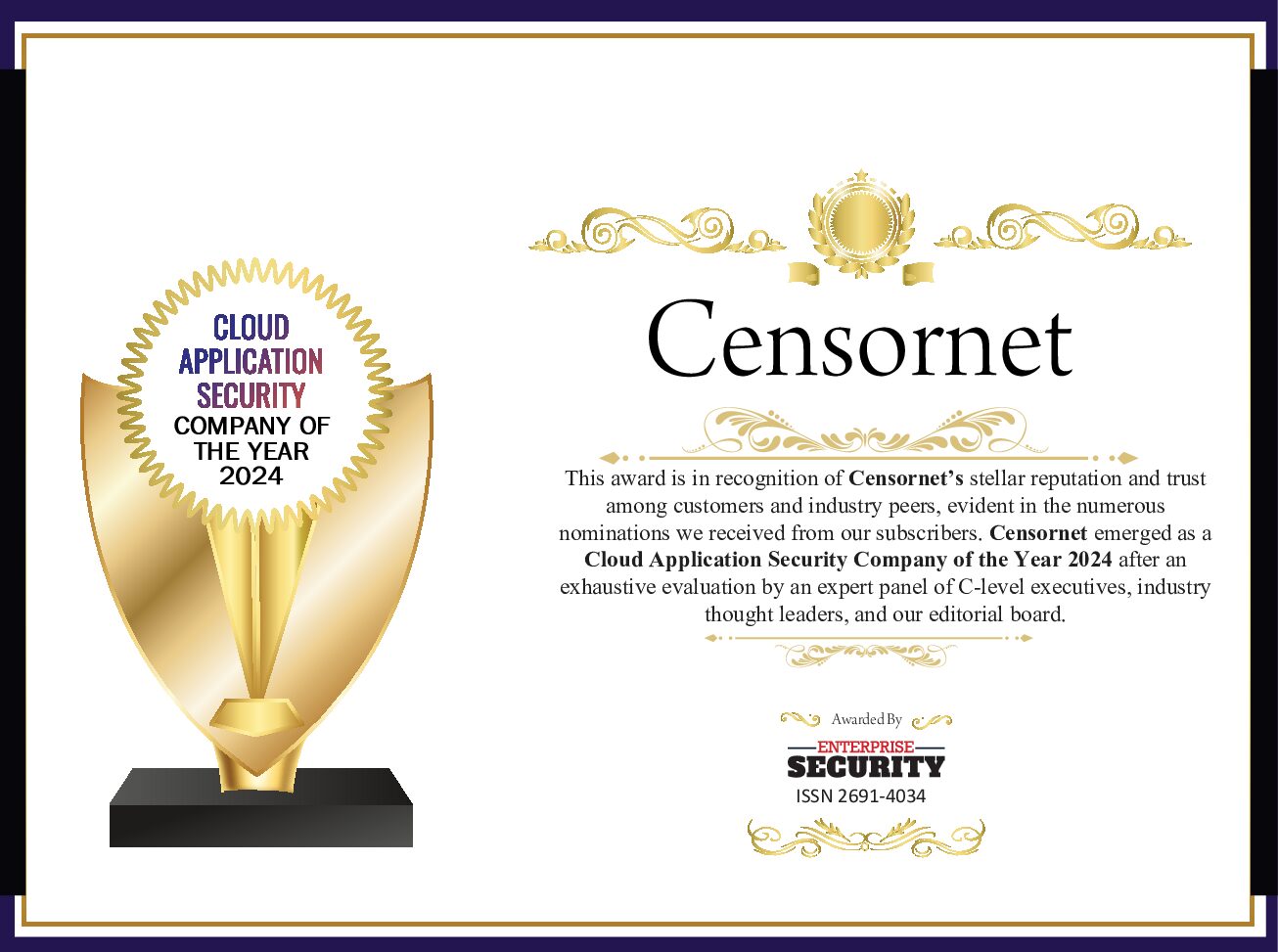As someone deeply entrenched in cybersecurity, I’ve observed the shifting sands of our industry’s landscape, especially through the integration of Cloud Access Security Brokers (CASB) and Zero Trust Network Access (ZTNA). While both technologies have their merits, my experiences have led me to lean more heavily towards CASB, particularly for its robust defence in cloud-centric environments.
CASB has been a cornerstone in securing SaaS platforms long before the term “Zero Trust” became a part of our daily lexicon. It provides a mature, nuanced approach to cloud security that many organizations have come to rely on. Its ability to offer comprehensive visibility and control over cloud applications makes it indispensable, especially as enterprises migrate more of their core functions to the cloud.
During the pandemic, as our teams were dispersed worldwide, CASB’s role became even more critical. It acted as our eyes and ears in the cloud, ensuring that the rapid shift did not compromise our security posture. As Gartner highlights, the predicted 40% growth in CASB usage resonates with my observations—the tool is not just surviving but thriving in the current IT ecosystem.
Here’s why I advocate for CASB:
- Superior Protection for Public Cloud Resources: In my role, overseeing the security of cloud-hosted applications is paramount. CASB excels here by providing layers of security that adapt to the complexity and scalability demands of large enterprises.
- Unmasking Shadow IT: The visibility CASB offers into unauthorized cloud usage is invaluable. This capability has been crucial for us to understand and mitigate the risks associated with shadow IT, which often goes unnoticed until it’s too late.
- Ensuring Compliance Across the Board: With various global regulations dictating stringent compliance standards, CASB simplifies the enforcement of governance and compliance policies across all our cloud services.
- Enhancing Legacy Systems:As we’ve moved away from traditional VPNs, CASB has provided a more scalable and insightful approach to network security that VPNs simply couldn’t match, especially with the dispersed nature of our workforce.
While I acknowledge the rising prominence of ZTNA (especially its role in securing private applications and offering more granular access controls) CASB remains the more familiar and tested tool in our arsenal. It continues to deliver substantial value, particularly in environments heavily reliant on public cloud solutions.

The Best of Both Worlds:
The convergence of CASB and ZTNA within the SASE framework does present an appealing proposition. It promises a blend of security that can adapt to both the present and future needs of dynamic enterprises. For organizations like ours, that balance is key, but the foundational role of CASB in our security strategy is something I continue to champion.
In conclusion, while the debate between CASB and ZTNA will persist as technologies evolve, my personal and professional experiences reinforce my preference for CASB. It has not only stood the test of time but has also scaled with our growing needs, proving itself time and again as an essential component of our comprehensive security framework. As we look towards the future, I believe that investing in and enhancing our CASB capabilities will continue to be a priority, ensuring robust and resilient cloud security.
Want to know more? Drop me a message on LinkedIn.






